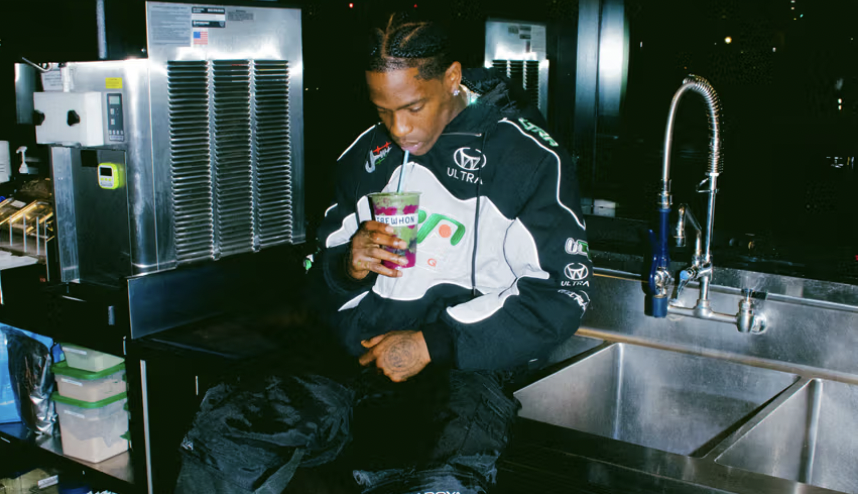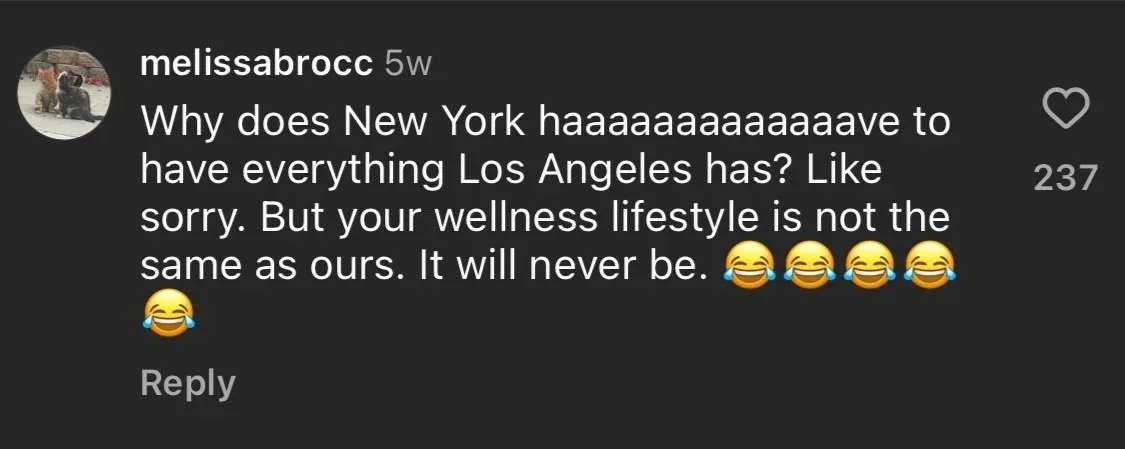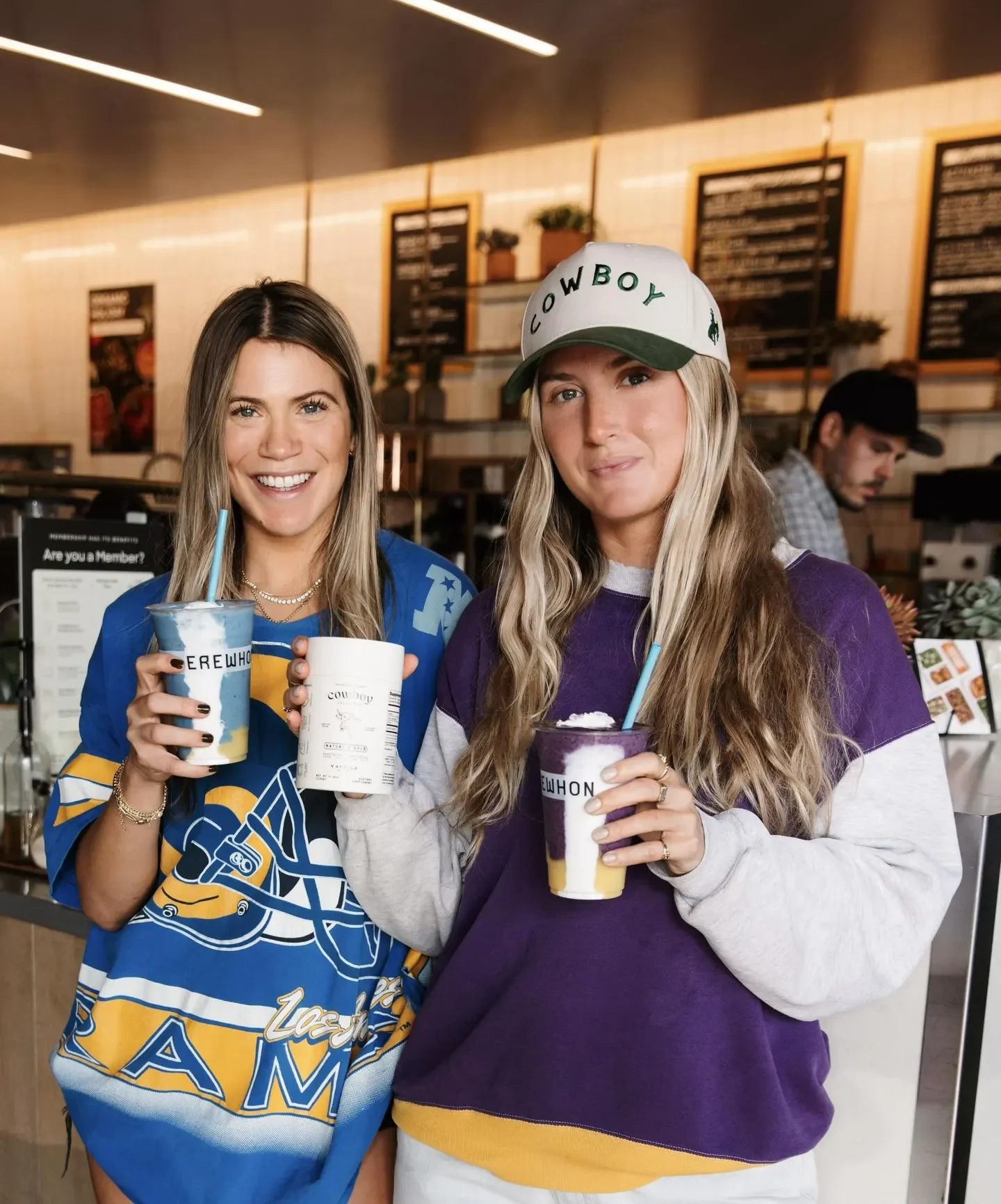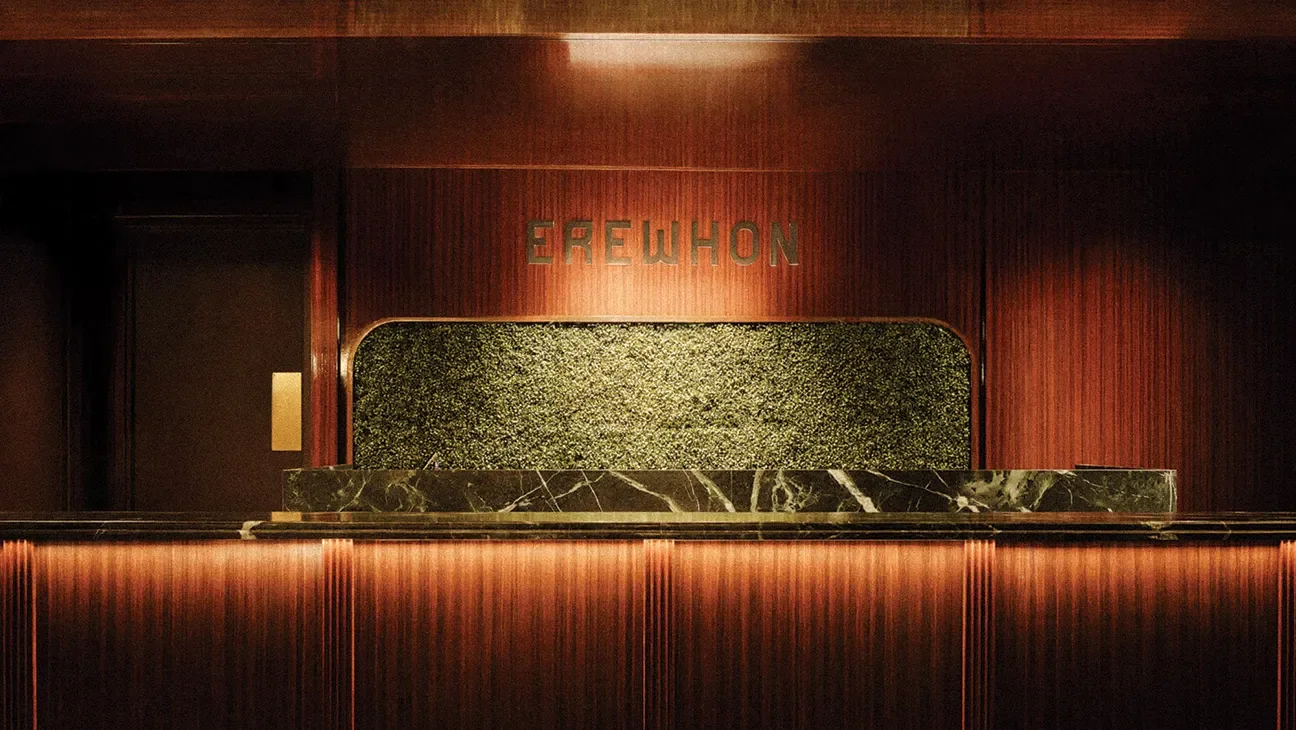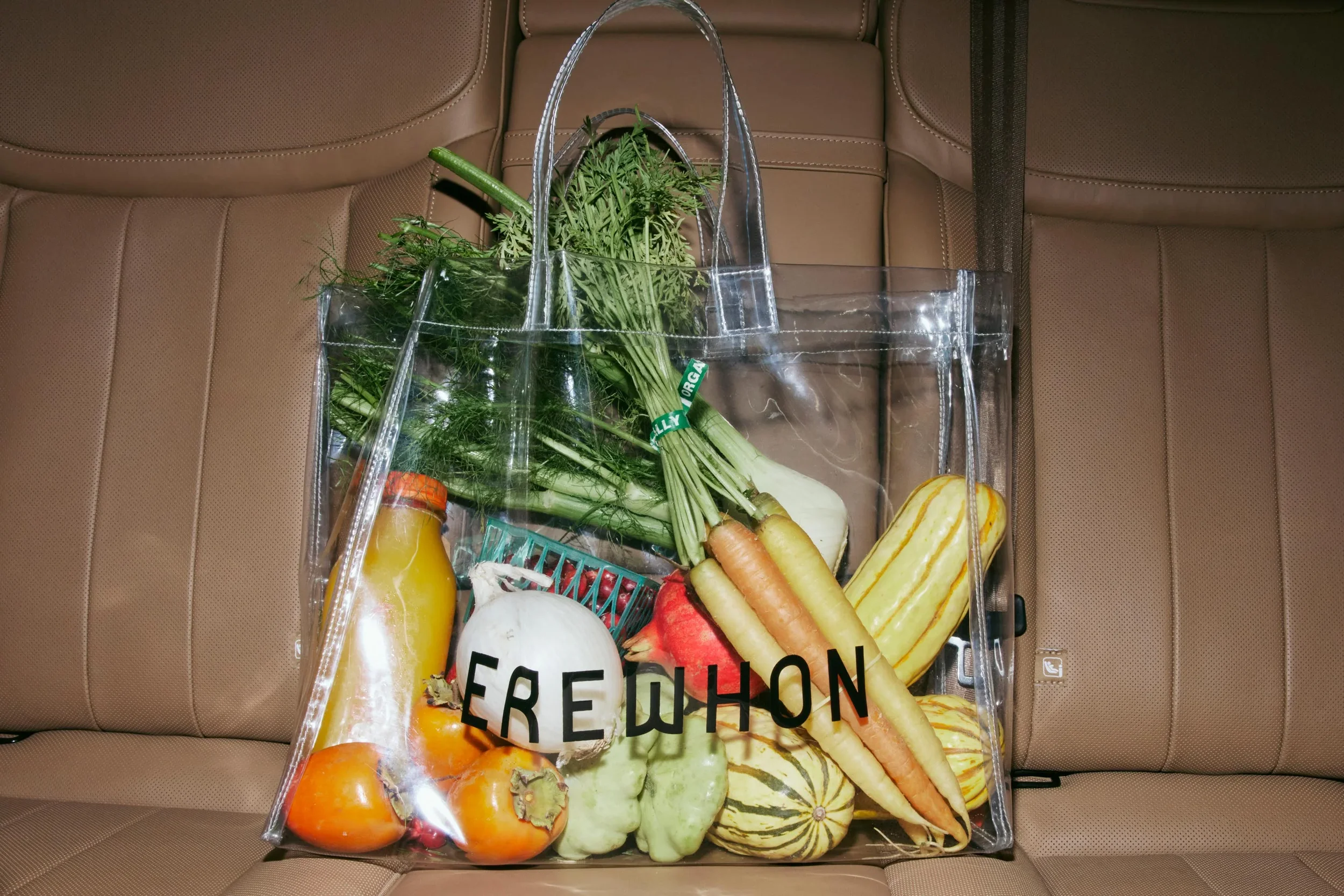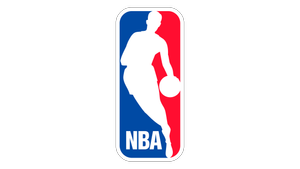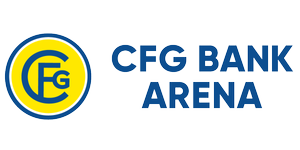The Style of Erewhon: Health is WELLTH
A $20 smoothies. A $170 hoodies. A billion-dollar grocer. Welcome to the new luxury.
Have you ever seen a grocery store sell a $170 Chaga Hoodie or a $138 Traveler Bag? There is only one place (well, technically several places in California) and soon to be one place in New York to get such merchandise paired with organic tonics, "ROOTED IN WELLNESS, CONNECTION AND PURPOSE." That is Erewhon. From a book to impeccably merchandised shelves, Erewhon is the most stylish grocer ever.
I first heard of Erewhon last year at Alma's Backyard Farms in Compton as a new acquaintance provided me with some color on the said $138 Traveler bag. My curiosity peaked. Not only did I discover impeccably stocked and merchandised shelves (the first thing I noticed walking into The Grove location), but I soon discovered in subsequent visits a little favorite thanks to my wife at the coffee bar—the Salted Maple Cowboy Brew and some rather delicious heirloom cashews. That Cowboy joint at $11.25 with organic cashew milk I admit is tasty.
And yeah, Erewhon is not all about the price of their influencer-driven $20+ smoothies. The brand in simplicity is honestly a simple echo of pride. It's the pride that I witnessed from my guy Trinidad at the Manhattan Beach location. After a busy rush at the "tonic bar" he came from behind the counter and picked up a light litter of napkins and straw wrappers and returned back to his post. It’s the busy workers pulling all the packaging forward so that the shelves always appear full, and it's the strength of a name, EREWHON branded from the back of the employee partner black sweatshirts reinforced at check with black and white stickers for singular purchases reminding us that this place means something different.
The brand's growing impact on California culture and how health and the commercial exchange of it, no matter how packaged, alongside impressive profitability, will not go out of style.
Intro Into Retail 101: Up Against The Wall
I had a manager at my first retail job in DC Proper at a place called Up Against The Wall. Anybody remember this store? Al Hebron was a merchant! This particular location on Georgia Ave on the campus of my soon-to-be Alma Mater, Howard University, would see the likes of many launches, celebrity sightings (Biggie avoiding a crowd in the fitting room), and serve as the home base for the fashion forward campus goers during Homecoming. This place holds a place in my heart not for these cultural moments alone, but for the culture established around cleanliness standards, presentation, merchandising, and visual merchandising that resonated within my first experience at Erewhon, not the cost.
The nightly routine: sweep the corners for dust bunnies, clean the windows, scrape the gum (sorry O'Leary, I wasn't trying to impress girls at the time, but I understand his signature story), merchandise and fold each section of jeans, fold the shirts, make them even, space the hangers, and so on. This nightly and daily routine to make a shop pristine for the next guests and always appear busy during open hours all to be ready for the next sale echoes principles found even in "Thou Shall Prosper" by Rabbi Daniel Lapin. This notion of preparation, cleanliness, and style genuinely makes for a shopping experience that is calming on the senses and ultimately drives the top and bottom lines.
Erewhon’s wood shelving, subtle pricing technology, no promotions, impeccably stacked vegetables, and continual visibility of the Erewhon brand make for, honestly, one of the best shopping experiences you can have. When in reflection and comparison, my days in Manhattan Trader Joe's with lines wrapped around the store can overstimulate the calmest soul. I love Trader Joe's! But Trader Joe's in New York with the threat of snow is giving me deep flashbacks—anybody with me on this? So when I review the expressions about Erewhon's approach, I’m here for it! As a brand thinketh, so shall it be. And Erewhon thinks and believes health, presentation, quality, is wellth.
Place, Partnership, and People
Erewhon's strategy and psychology are tools for intentional branding through place, partnership, and people. What started in the 60s by Aveline and Michio Kushi, who foresaw the health, organic goods, and sustainable practices movement, sought to "fill our bodies with the best earth has to offer"—this is no marketing, and can be taken as brand truth. Though not thought of this way in popular discourse, what are brands but feelings and reflections of identities? And when it comes to food, what ideals are we spending our dollars on to eat or drink?
California is a wellness epicenter, and the growth of Erewhon raises questions about quality and the true benefits of living well. Having witnessed the phenomenon from Manhattan Beach to Los Angeles, Erewhon customers would rather drop $20 on a smoothie than spend that money anywhere else. Though $20 can go a long way at any fast food spot, Erewhon is not selling convenience—they're selling lifeSTYLE you can eat, drink and wear. The trifecta.
Cowboy Colostrum (A key ingredient in the Cowboy Brew) co-founders Jessy Shenfeld and Stephanie Stoikos
Cactus Jack Crew
East Coast vs. West Coast: The Lifestyle Tax
Being from the East Coast and desiring to live in New York fresh out of high school, LA lifestyle often got what I call a "good rap." Beaches, mountains, canyons, yoga studios, organic eating, fully-menued vegan restaurants, authentic local to high quality eats, and oh yeah, traffic. That sucks, but it's like the hidden lifestyle tax. Almost like the NYC subway is the tax you have to pay for admission. The question becomes: what lifestyle do you want, and can the two culture leaders find a balance amongst their natives and transplants alike?
Kith's new retail spot and Erewhon's presence there may just give us a glimpse into true bi-coastal lifestyle. Ronnie Fieg's Kith, the New York-born streetwear and lifestyle brand, has built its business on the intersection of sneaker culture, premium collaborations, and elevated retail experiences. Kith's expansion into California and now its anticipated new concept alongside Erewhon signals something bigger—a convergence of East and West Coast lifestyle philosophies.
Where Kith excelled at the art of making retail feel like a community hub with its cereal bar and experiential spaces, Erewhon perfected the wellness-as-luxury model. Together, in New York, they represent the future of retail: high-end curated identities. The New York expansion isn't just about opening another location; it's about bringing California's wellness obsession to a city that runs on hustle (and maybe used to Run on Dunkin. Sorry Dunkin, love ya’ll too). Can Manhattan's fast-paced energy embrace Erewhon's slow-living ethos in the form of a curate tonic bar at KITH IVY? With Kith as a cultural bridge—already beloved by New Yorkers who appreciate quality and aesthetic—the answer very well be yes. This partnership signals that the future of retail is about creating full spectrum ecosystems where fashion, food, wellness, and community converge seamlessly.
Courtesy of Kith Ivy
The Numbers: Lifestyle Pays
Lifestyle as an industry is a multi-billion dollar sector stretching across multiple industries and categories. A quick look at the numbers reveals that lifeSTYLE pays over brand in context. Erewhon generates on a yearly average $2,500 per square foot, 4X the industry average. That equates to about $1 million in sales per week.
Through the lens of merchandise, saying that those $171 hoodies are just for show may be false, and merchandise in a grocery store is not far-fetched. In truth, they've made that experience fully vertical in a tasteful manner. Their 45,000-square-foot Pasadena location generates $81M a year, supporting the notion that style and taste can scale. I think California is leading another revolution.
Looking at the numbers, grocers generate $507 per square foot, and the retail industry average standard is $350. These metrics provide a brief insight into the strength of blending merchandise experiences. Kith has done it. Somewhere in DC, Ralph Lauren with Ralph's Coffee, and high-end experiences are emerging from European luxury brands. Should brands and companies take similar approaches? I believe the future is full integration of brand identities in business's merchandise categories.
The Social Club of Wellness
Similar to Costco's membership model, Erewhon’s $200 yearly membership getting a coveted discount and perks has become a social club of its own and has the ability to expand beyond its grocer roots further into the daily routine of its anti-seed-oil loyalists. Their premium stance places the brand at the cultural intersection of celebrity, experience, and premium products. Funny enough, Erewhon is the new Hollywood club scene of the early millennium. Los Angeles is now about life-giving benefits and long dry summers for the betterment of the environment and the collective.
While the world shut down, Erewhon prospered. LA's geography, sprawling space, and active lifestyle propelled the company to grow sales 30% and another 30% the following year with a $30 million expansion to support a 100,000-square-foot processing facility. Location and style matter. With 11 destinations in notable SoCal neighborhoods, the company had an estimated revenue of $280 million, netting a profit of $171 million. Again, lifeSTYLE drives profit and a billion-dollar+ valuation depending on whose counting
Hyper-Local Identity and the New Aspiration
Hyper-local identity has always been profitable when done with intention. Kith's focus and authentic stores have proven successful, while trending brands and experiences can easily fade. Brands need to watch out for the headwinds as new generations have information at their fingertips and will not be defined within a singular identity.
Aspiration has returned, but not to acquire a brand—rather to obtain optimal life while feeling good through consumption of premium products and experiences. The analysts of the past talked about millennials being "experiential," but the experience now has to have substance adding to their life and not subtracted. The picture of an Erewhon multi-colored smoothie is a clear stamp of a healthy, tasteful experience that is the future.
CEO Tony Antoci shares his standing sentiment regarding the experience that he has helped mold: "There is no cutting corners with your health." Can this framework be adopted across industries to model the stellar profit margins in Erewhon's blue ocean? Where else can this framework prove a true value add? In today's society, luxury can be faked and storied, but your body and health, that’s harder to sculpt and fake. This is the highest value investment that Erewhon caters to; the body, but they know the mind must first follow the brand.
Corporeal Aesthetics Culte: The Future We Are In
Corporeal aesthetics culte has transformed from fringe fitness videos in the '80s to a multi-billion dollar economy—one where Billy Blanks' Tae Bo was merely the prelude to Peloton's IPO, run clubs as social networks, and YouTube gurus monetizing optimized bodies from their living rooms. Health is no longer one pillar of lifestyle; it is the foundation upon which all modern identity is built.
Style has evolved into a sophisticated language that translates wellness ambitions into visible status signals, and as digital connectivity shrinks the world, every brand experience must elevate or become invisible. Merchandise has transcended its transactional origins—it is no longer swag to be discarded but purpose-driven artifacts that amplify beliefs and confer community membership. Erewhon stands as the ultimate proof of a fundamental thesis: it's not what you sell, it's what's in it, how you sell it, who wears its and of course, who drinks it.
This grocery store named after a satirical "nowhere" generates $2,500 per square foot by understanding that premium commerce isn't about products on shelves—it's about the ingredients inside them (cellular optimization through colloidal silver and reishi), the narrative surrounding them (celebrity-endorsed smoothies as lifestyle artifacts), the experience of acquiring them (gallery-like displays and social club atmosphere), and most critically, the aspirational personalities that consume them with pride, while simultaneously not promoting them. In the corporeal economy, you're not selling wellness; you're living it, proudly.


